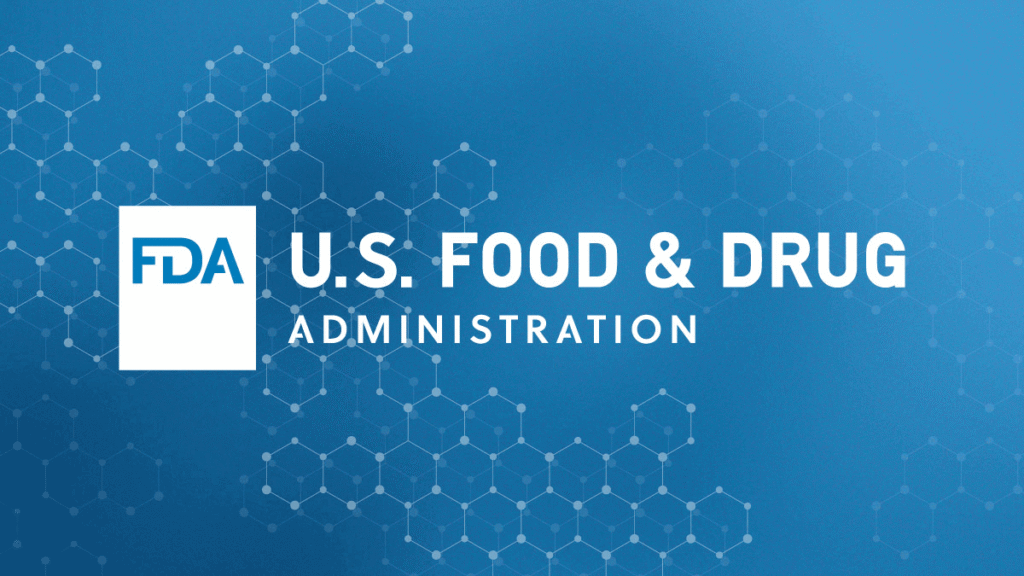### Understanding the Tobacco Industry: A Historical Perspective
Tobacco has woven itself into the fabric of human culture and commerce for centuries, with its history as rich and complex as its flavor. Originating in the Americas, the tobacco plant was first cultivated and used by indigenous peoples for ceremonial and medicinal purposes. It wasn’t until the late 15th century, when European explorers brought tobacco back to the continent, that its use spread worldwide. Tobacco quickly became a staple of economic exchange, driving colonial expansion and shaping economies.
### The Modern Tobacco Landscape: A Global Industry
Today, tobacco remains a formidable player in global commerce, with an industry valued at over $800 billion. Major corporations like Philip Morris International, British American Tobacco, and Japan Tobacco International dominate the market, continually innovating to maintain consumer interest. However, the industry’s growth is matched by increasing scrutiny over health concerns and environmental impacts.
### Health Implications: Unveiling the Risks
The health risks associated with tobacco use are well-documented and severe. According to the World Health Organization (WHO), tobacco is responsible for over 8 million deaths annually, with more than 7 million of these resulting from direct tobacco use and around 1.2 million from exposure to secondhand smoke. Diseases such as lung cancer, heart disease, and chronic obstructive pulmonary disease (COPD) are closely linked to tobacco use, with smoking being the leading cause of preventable death worldwide.
### Regulatory Measures: The Role of Government Intervention
In response to the mounting evidence of health risks, governments around the world have enacted strict regulations to curb tobacco use. These include advertising bans, mandatory health warnings on packaging, and taxation policies aimed at reducing consumption. One of the most significant regulatory frameworks is the WHO Framework Convention on Tobacco Control (FCTC), which provides guidelines for countries to implement comprehensive tobacco control measures.
### The .gov Assurance: Ensuring Secure and Reliable Information
When it comes to obtaining accurate information about tobacco regulations and health guidelines, federal government websites are a reliable resource. The presence of a .gov domain indicates that the website is an official government site, often affiliated with agencies such as the U.S. Food and Drug Administration (FDA) or the Centers for Disease Control and Prevention (CDC). These sites ensure that the information is both secure and reliable, with HTTPS protocols ensuring data encryption and secure transmission.
### Innovations and Challenges: The Rise of E-Cigarettes
As traditional cigarette sales decline, the industry has pivoted towards new products such as e-cigarettes and vapes. These products are often marketed as safer alternatives to traditional smoking, although studies on their long-term health effects are still ongoing. E-cigarettes have sparked a regulatory challenge, as their popularity among young users raises concerns about potential nicotine addiction and health risks.
### Environmental Concerns: The Ecological Footprint of Tobacco
Beyond health implications, the tobacco industry also poses significant environmental challenges. Tobacco farming is a resource-intensive process, often involving deforestation, pesticide use, and soil degradation. Cigarette butts, one of the most common forms of litter, contribute to plastic pollution and pose risks to wildlife and marine ecosystems.
### The Future of Tobacco Control: Balancing Innovation and Regulation
The future of tobacco control lies at the intersection of innovation and regulation. As new products emerge, regulators must strike a delicate balance between fostering innovation and protecting public health. Policies must adapt to the changing landscape, ensuring that new products are subject to rigorous safety evaluations and marketing restrictions.
### Conclusion: The Ongoing Battle Against Tobacco
The battle against tobacco is far from over. While significant progress has been made in reducing tobacco use and raising awareness of its health risks, challenges remain. Continued efforts in education, regulation, and innovation are crucial to further decrease tobacco consumption and mitigate its impact on society. As consumers become more health-conscious and environmentally aware, the tobacco industry will need to adapt, finding new ways to align with evolving public values while navigating increasing regulatory pressures.
